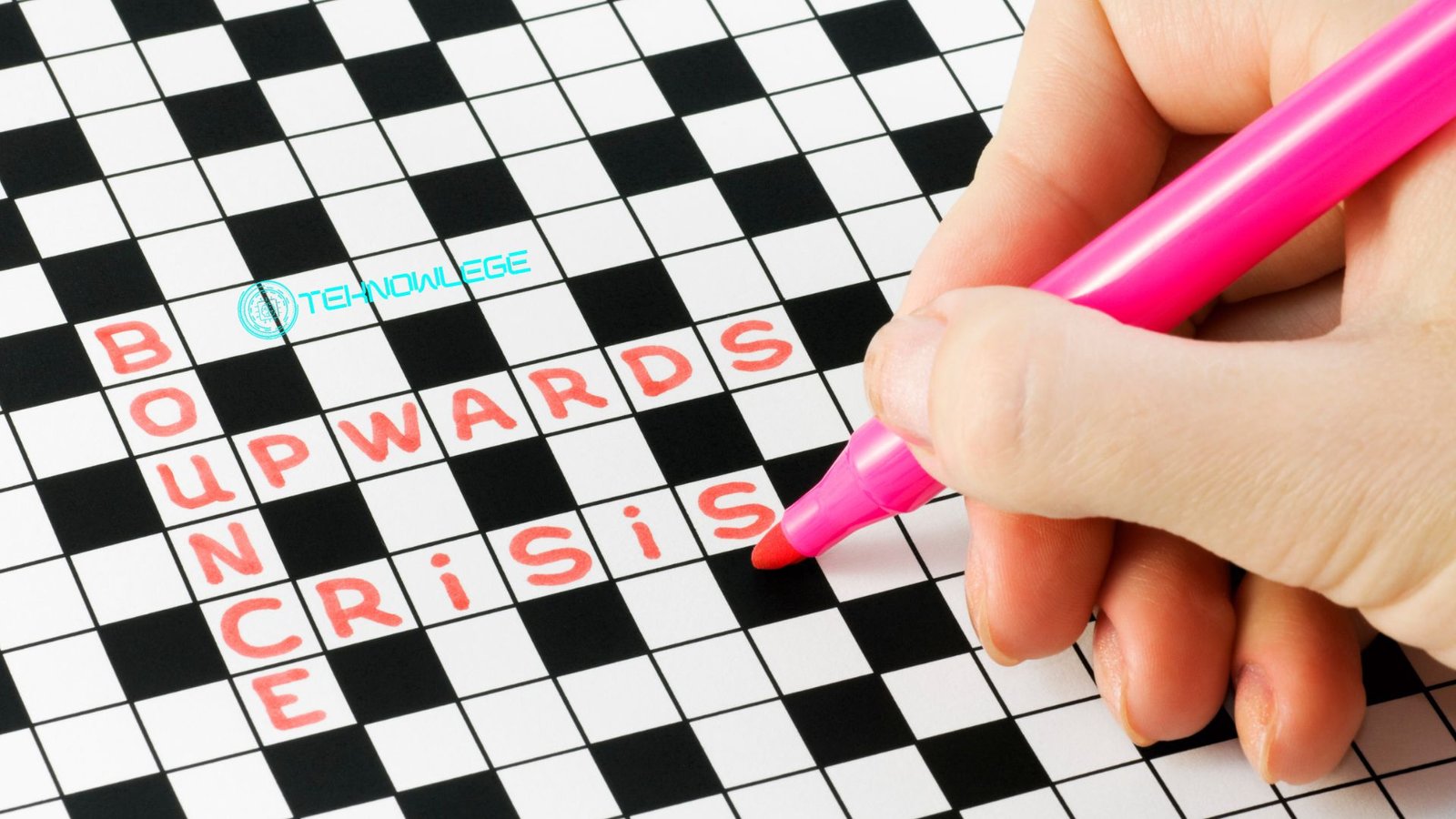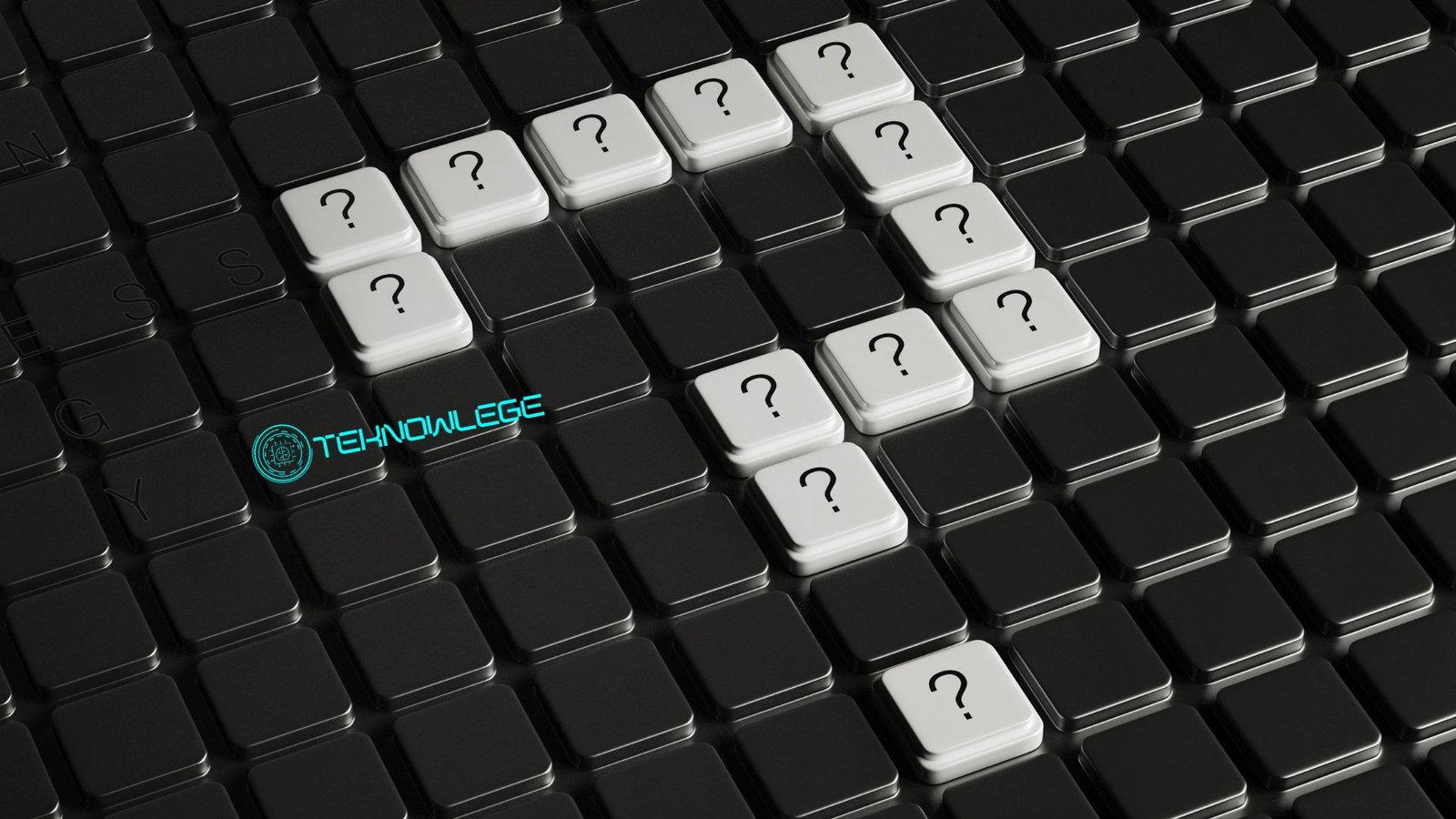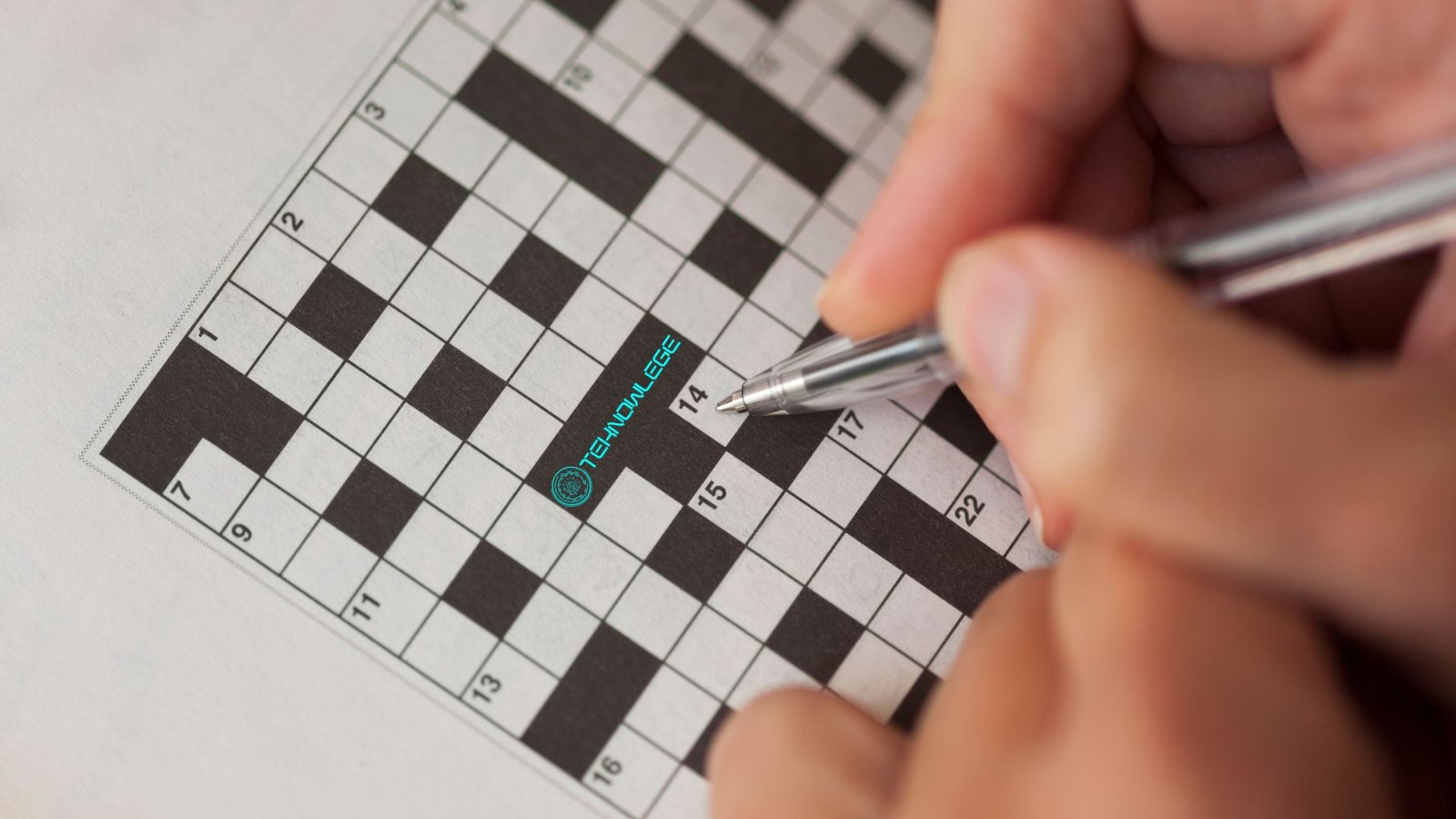Introduction of NYT Crossword Clue Answers
The crossword puzzle from The New York Times is legendary. Since its inception, it has challenged solvers with cryptic clues, obscure cultural references, and intricate wordplay. Whether you are an occasional solver or a daily enthusiast, the NYT crossword can be a rewarding yet challenging experience.
This guide is designed to help you solve crossword clues more effectively, providing strategies to boost your problem-solving skills. We’ll cover everything from common clues to advanced solving techniques, including leveraging certain patterns and tools that make deciphering even the toughest clues manageable. Let’s dive in!
A Quick Guide to Understanding the NYT Crossword
The New York Times crossword puzzle is a daily fixture, accessible in both print and digital editions of the newspaper. The puzzles get progressively harder each day, starting with the easiest on Monday and reaching the toughest on Saturday. The Sunday puzzle is larger but generally matches the difficulty level of a Wednesday or Thursday puzzle.
How NYT Crossword Puzzles are Structured
The puzzle grid consists of black and white squares. The objective is to fill the white squares with letters to create words matching the clues. Each clue has a corresponding numbered slot in either the “Across” or “Down” section, indicating where the word should be placed in the puzzle.
The clues vary in style, with some being straightforward, while others are more cryptic. Understanding the structure and types of clues can give you a significant edge in solving the puzzles.
Common Types of NYT Crossword Clues

1. Direct Clues
The simplest type of crossword clues are direct clues. They typically require simple knowledge, such as the name of a place, a famous person, or a historical event. For example, a clue like “Capital of France” would simply be “Paris.”
2. Cryptic Clues
Cryptic clues can be tricky because they often rely on wordplay. They might involve homophones (words that sound the same but have different meanings), puns, or anagrams. For instance, the clue “Sounds like a letter” might have the answer “Sea,” which phonetically matches the letter “C.”
3. Fill-in-the-Blank Clues
These are some of the easiest clues to solve. They ask you to fill in the missing part of a common phrase. For instance, “Rock ___” would most likely be “Star” (as in the phrase “Rock Star”).
4. Abbreviated Clues
If a clue suggests an abbreviation, the answer will also be an abbreviation. This is typically indicated by the word “abbr” or a shortened form of the answer within the clue. For example, the clue “U.S. “State, abbr.” typically refers to a two-letter state abbreviation, such as “CA” for California.
5. Wordplay Clues
Wordplay clues are designed to trick you. They often use puns, double meanings, or misdirection to confuse the solver. For example, the clue “It’s always on the ground” might seem like it refers to an object, but the answer could be “Dirt.”
Proven Strategies to Solve NYT Crossword Clues
1. Start with the Easiest Clues
Always begin by solving the fill-in-the-blank clues and straightforward clues that require general knowledge. This will give you some letters that can make it easier to solve more challenging clues. For example, a clue like “The largest planet in the solar system” will likely be “Jupiter.”
2. Pay Attention to the Clue’s Tense and Plurality
One of the most effective strategies for solving crossword clues is ensuring that your answers match the tense and plurality of the clue. If the clue is in the past tense, the answer will also be in the past tense. Likewise, if the clue indicates a plural answer, your solution should also be plural. For instance, if the clue is “Ran quickly,” the answer would be something like “Sprinted” rather than “Run.”
3. Leverage Word Endings
Word endings like “ing,” “ed,” or “er” can often help you guess the correct answer, even when you’re unsure of the entire word. By filling in these common endings, you can often solve the surrounding clues much faster.
4. Think Outside the Box
Crossword puzzles, especially in the NYT, love wordplay. If a clue seems confusing or doesn’t make sense, try thinking of homophones or puns. For example, the clue “It’s gross” might not refer to something disgusting, but rather to 144 (as a gross is a dozen dozens).
Mastering Advanced Crossword Techniques

1. Break Down Multi-Word Clues
When faced with a multi-word answer, breaking it down into smaller parts can help you tackle it more effectively. If you can solve one part of the phrase, you’re halfway to solving the entire clue. Let’s take an example: “Runs around quickly.” This could break down into “Sprints.”
2. Watch Out for Common Tricks
Crossword creators love to use common tricks to mislead solvers. For example, they might use abbreviations, homophones, or even foreign words. It’s essential to be aware of these to avoid being tripped up. If you see a clue like “It’s elementary, abbr.,” the answer might be “Chem.”
3. Study Crossword Vocabulary
Crosswords, especially the NYT ones, have their vocabulary. Words like “Ergo” (meaning therefore) or “Olio” (meaning a mixture) appear frequently. Learning common crossword-specific vocabulary will significantly enhance your problem-solving skills and make it easier to spot familiar words.
Leveraging Tools to Solve NYT Crosswords
1. Use Crossword Solver Tools
There are a variety of online tools, such as crossword solvers and crossword dictionaries, that can help you when you’re stuck. While using these tools can help you complete puzzles more quickly, overreliance can reduce the sense of accomplishment that comes from solving a puzzle on your own.
2. Utilize Crossword Puzzle Apps
There are many apps available that feature crossword puzzles, including the NYT crossword itself. These apps often include helpful features like hints, puzzle timers, and leaderboards, allowing you to track your progress and compare yourself to other solvers.
The Importance of Crossword Solving Habits
1. Practice Regularly
As with any skill, mastering crosswords requires practice. Make it a daily habit to spend some time-solving puzzles. Monday puzzles are the easiest, so starting with those and working your way through the week can help you improve.
2. Challenge Yourself
Don’t be afraid to push yourself with more difficult puzzles, even if it means struggling through them. Saturday’s puzzles are notoriously difficult, but attempting them will sharpen your crossword-solving skills.
3. Build Pattern Recognition
Over time, you’ll start to recognize certain patterns in crossword puzzles. You might notice that certain words appear frequently or that specific clue formats have predictable answers. Recognizing these patterns is essential to becoming a faster and more efficient solver.
Typical Challenges and How to Conquer Them

1. Cultural and Historical References
The NYT crossword often includes references to obscure historical events, literature, or pop culture, which can trip up even experienced solvers. If you encounter a clue that references something you’re unfamiliar with, don’t be afraid to look it up! Over time, you’ll build a knowledge base that will make these clues easier.
2. Foreign Language Clues
Some puzzles incorporate foreign languages, particularly French, Spanish, and Latin. Familiarizing yourself with basic foreign language terms commonly used in crosswords can help you when you encounter these clues. For example, “Ami” is the French word for “Friend,” and “Gracias” is Spanish for “Thank you.”
3. Misleading and Tricky Clues
Crosswords are full of misdirection. Be wary of clues that seem too obvious. For example, a clue like “Heavyweight” might seem to refer to a physical object but could instead be referring to a famous boxer like “Ali.”
Conclusion
Solving the New York Times crossword puzzle can be a thrilling and rewarding experience. Whether you’re a seasoned solver or just getting started, the tips and techniques discussed here can significantly improve your ability to tackle even the most challenging puzzles. Start with the basics, practice regularly, and don’t be afraid to think outside the box. Before you know it, you’ll be solving Saturday’s NYT crossword puzzles with ease!
Happy solving!
FAQs
1. What is the easiest way to start solving an NYT crossword?
The easiest way to begin solving is by filling in straightforward fill-in-the-blank clues, which often give you some letters to build upon.
2. How can I improve my crossword-solving skills?
Practice is key! The more puzzles you tackle, the better you’ll become. Additionally, learning common crossword vocabulary and solving patterns will improve your skills.
3. Are there any tools to help with crosswords?
Yes, there are many online tools and crossword-solving apps available. However, it’s advisable to use them sparingly, as solving crosswords on your own is more rewarding.
4. How long does it take to become proficient at crossword solving?
It varies for each person, but with regular practice, you can expect to see improvement within a few weeks. Puzzles become easier the more familiar you become with common tricks and patterns.
5. Are NYT crosswords easier on certain days?
Yes, Monday’s crossword is the easiest, with difficulty increasing throughout the week. Saturday’s crossword is the most challenging, while Sunday’s puzzle is larger but similar in difficulty to a Thursday.




One thought on “Unlock NYT Crossword Clue Answers Fast: Proven Tips, Tricks & Strategies to Solve Like a Pro!”